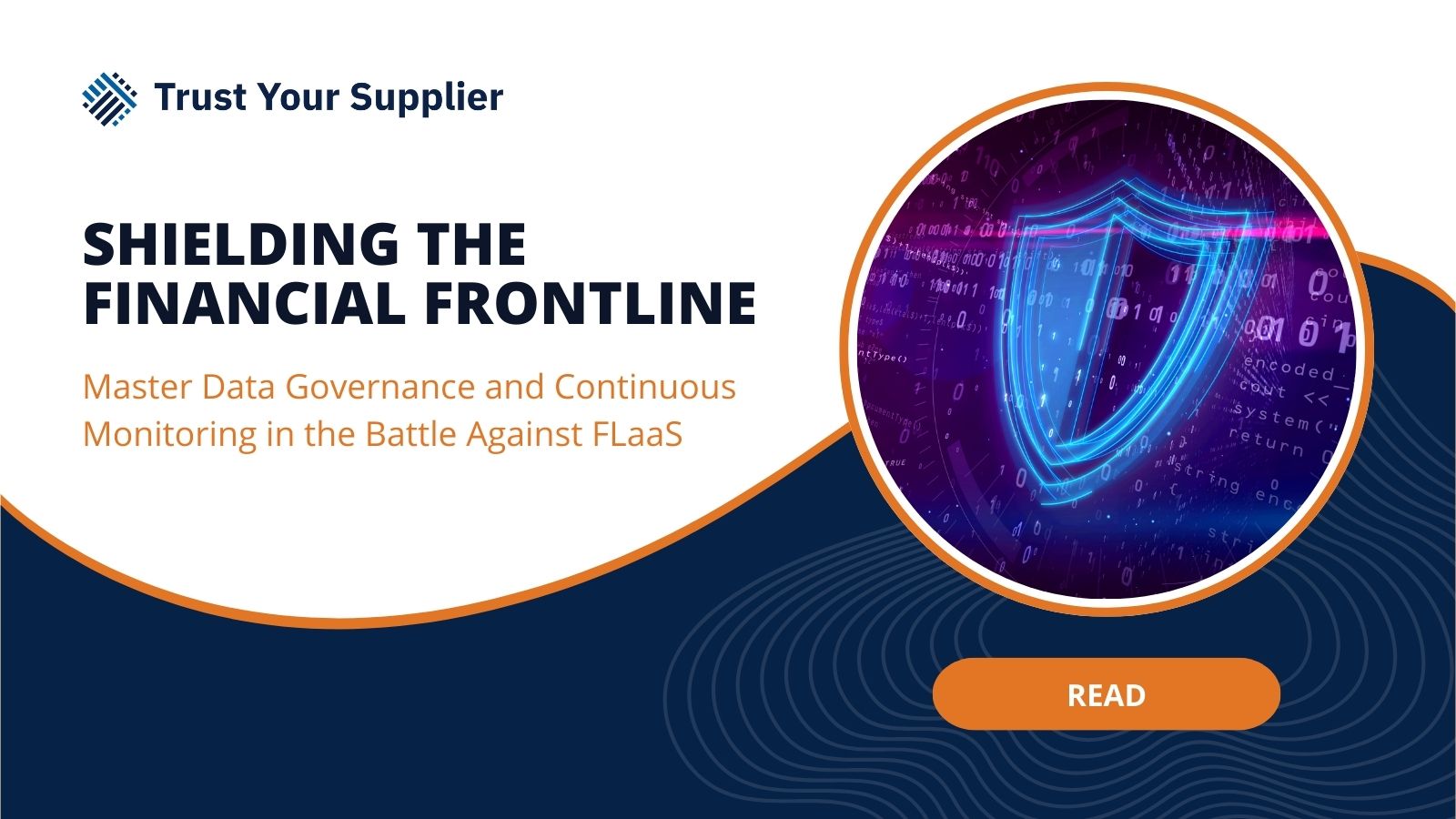Master Data Governance and Continuous Monitoring in the Battle Against FLaaS
by Michelle Armstrong, TYS Global VP of Value Solutions Consultant
The digital age has ushered in unparalleled opportunities for the banking and insurance sectors, driving innovation and customer convenience to new heights. However, this transformation has also opened the door to sophisticated financial crimes, notably Financial Laundering as a Service (FLaaS). This emerging threat utilizes the digital world’s complexity to obscure illicit financial flows, posing significant risks to the integrity and stability of financial institutions and insurance companies. Addressing this challenge requires more than traditional measures; it demands a strategic approach centered around master data governance and continuous monitoring.
The Growing Threat of FLaaS
Understanding FLaaS: Financial Laundering as a Service represents a sinister evolution of money laundering, exploiting digital platforms to clean dirty money. By offering laundering services as a package, FLaaS operators provide criminals with anonymity and operational ease, complicating the task of tracking and combating these activities for financial bodies.
Impact on Banking and Insurance Markets: The banking and insurance sectors, integral to the global financial ecosystem, are particularly vulnerable to FLaaS. The potential for regulatory penalties, reputational damage, and financial losses from FLaaS activities is immense. The intricate nature of these markets, combined with the volume of transactions, creates numerous blind spots that FLaaS exploits.
Master Data Governance: A Shield Against FLaaS
Defining Master Data Governance: Master data governance refers to the management and oversight of an organization’s critical data to ensure accuracy, consistency, and security. In the context of combating FLaaS, it serves as a foundation for integrity and transparency across financial transactions and relationships.
Role in Combating FLaaS: By implementing robust master data governance, banks and insurance companies can significantly enhance their ability to detect and prevent money laundering activities. This approach ensures that all transactional data is accurate and traceable, making it more difficult for FLaaS operations to succeed.
Continuous Monitoring: The Watchful Eye
The Need for Continuous Monitoring: Given the dynamic nature of FLaaS, static security measures are insufficient. Continuous monitoring provides real-time oversight of transactions and activities, enabling the early detection of suspicious patterns that may indicate money laundering.
Benefits for the Financial Sector: Continuous monitoring, supported by advanced analytics and AI, allows for the automatic identification of anomalies in transaction data. This capability is crucial for maintaining compliance with evolving regulatory requirements and protecting against the reputational risks associated with FLaaS.
Conclusion
The battle against Financial Laundering as a Service is complex and ongoing. For the banking and insurance sectors, the stakes are high, with the integrity of the financial system and the trust of customers in the balance. Master data governance and continuous monitoring emerge as essential weapons in this fight, offering a path to safeguard operations and ensure compliance. As the landscape of financial crime continues to evolve, so too must the strategies to combat it. Embracing these advanced measures is not just a regulatory necessity; it is a strategic imperative for survival and success in the digital age.


0 Comments